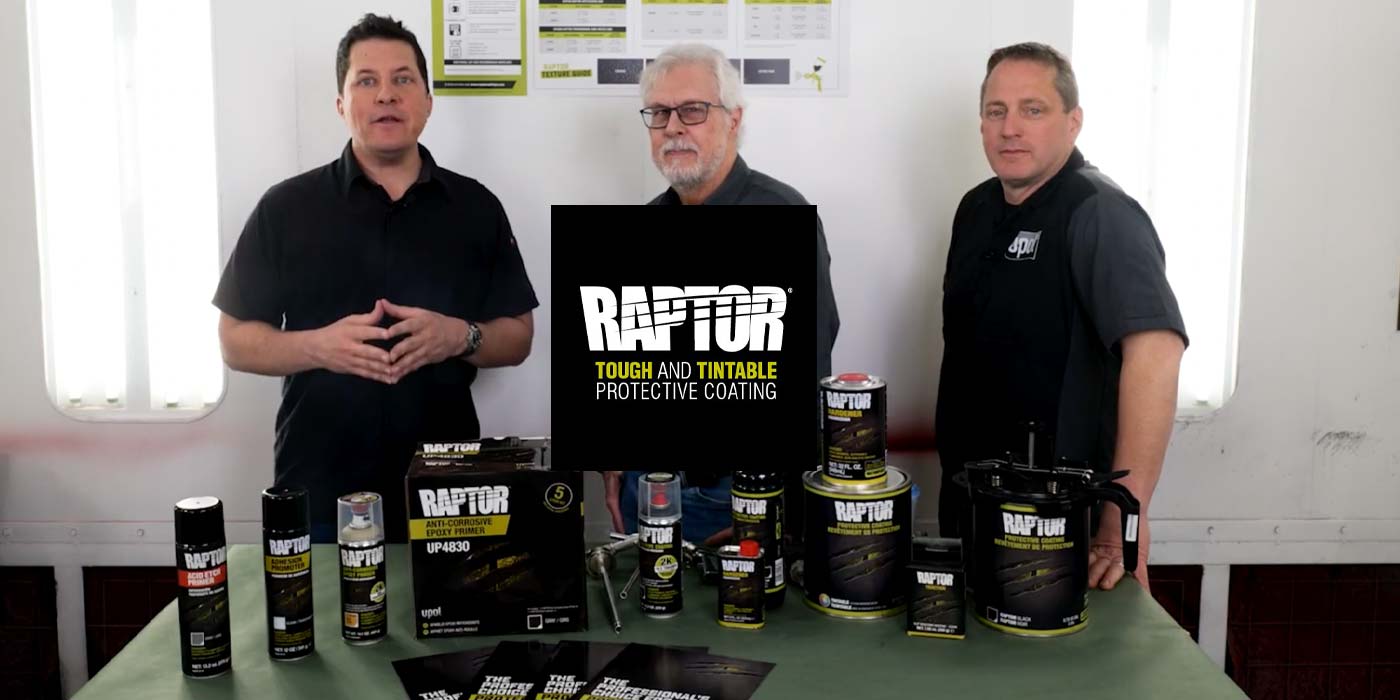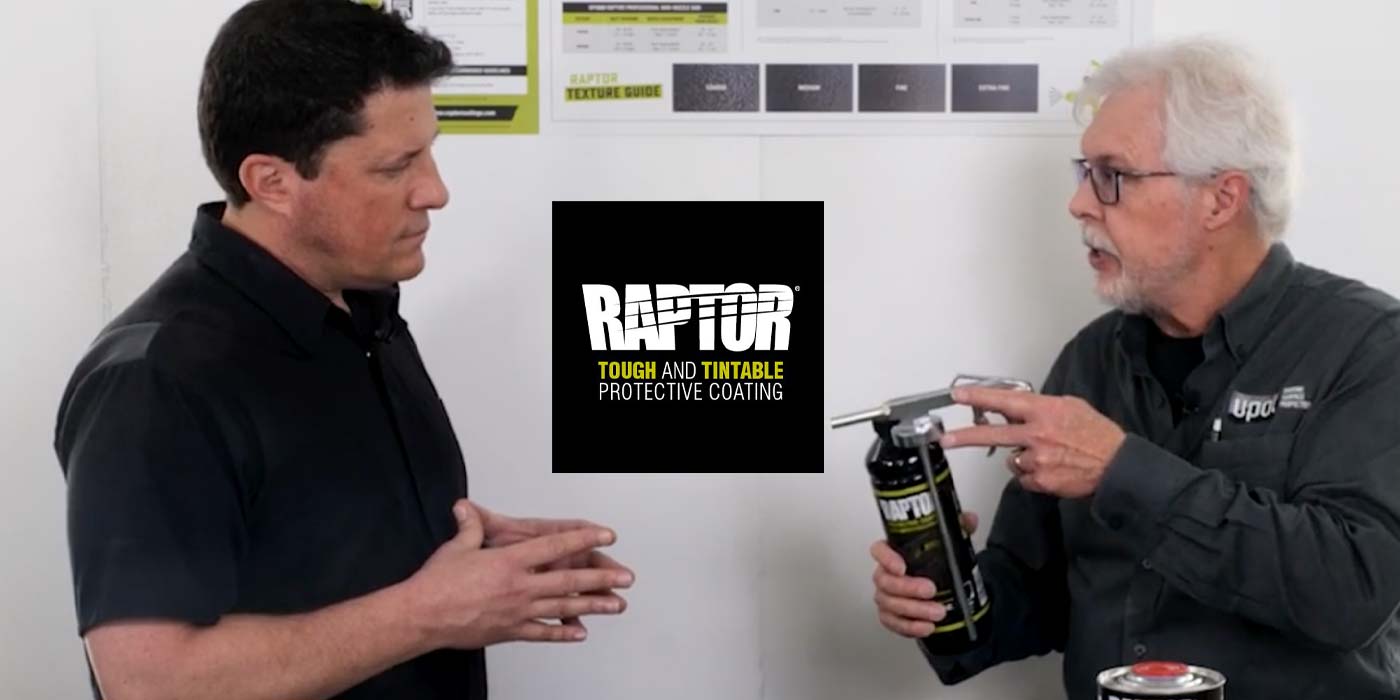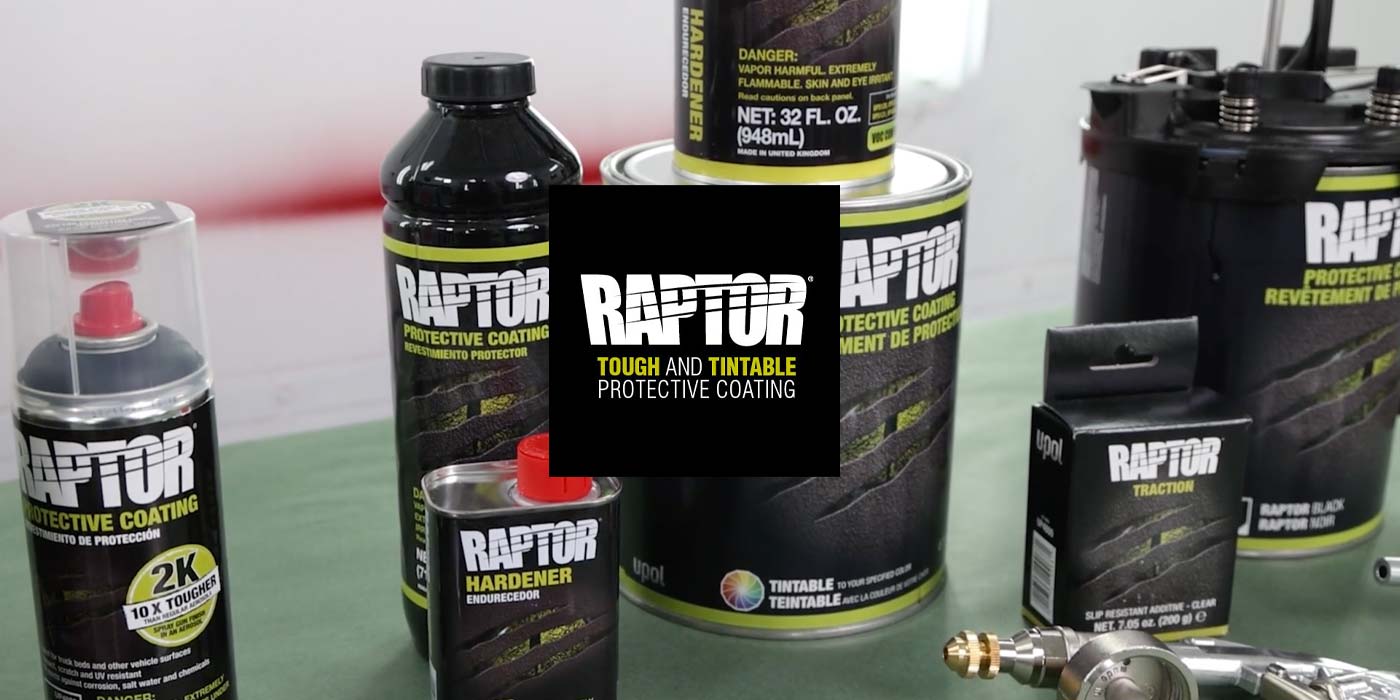Carl’s Collision Center in Fall River, Mass., is a testament to body shops’ modern evolution. Far from the dated image of cluttered garages and prolonged repairs, Carl’s is a prime example of how modern technology is revolutionizing the industry, optimizing processes and ushering in a new era of color-matching precision.
“We’re basically driving computers,” said Carl Garcia, owner of Carl’s Collision Center, underlining the sophisticated nature of modern vehicles.
This metamorphosis in the auto world has prompted body shops to evolve similarly to maintain a competitive edge. Modernizing body shops with cutting-edge color-matching software, 3-D visualization and advanced tools has become even more critical for continued success.
Digital Age
No longer remaining bound to traditional methods, progressive body shops embrace modern technology. Every process has found its digital complement, from pinpointing ideal color matches to overseeing paint repairs. Think about trading in a set of 1,000 paper color chips for a digital library that boasts 70,000 color samples. Then, consider innovations such as automated paint mixing systems and a digital body shop assistant that facilitate 100% paint mixing accuracy and optimal environmental conditions for perfect color matches. These new tools are also available to an even greater number of body shops, including those that move just a few cars through the shop every day.
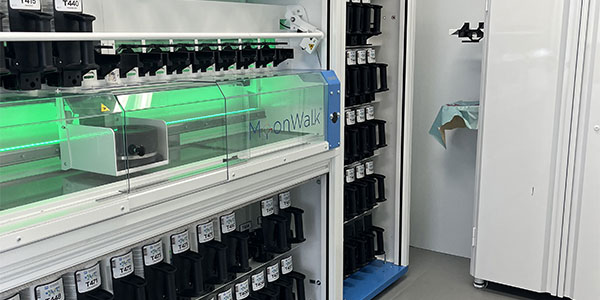
The result? Enhanced paint quality, precise color-matching, increased daily throughput and minimized paint wastage. Additionally, a significant boost in productivity, quicker vehicle repairs and preserved car value for drivers. Today’s body shop owners report a key-to-key productivity improvement of 15% after implementing modern innovations.
Customer Experience
In today’s fast-paced digital world, customers expect quick and seamless experiences: Think of the immediacy provided by online retailers, such as Amazon. Recognizing this expectation shift, body shops can leverage innovative technology to enhance their services and delivery. They can streamline repair processes, provide accurate color matches, offer better repair timelines and even give real-time updates to customers about their vehicles. Also, these shops can mitigate the challenges of unforeseen delays, such as part shortages or understaffing, by integrating technology into their operations. This proactive approach ensures more efficient repairs and fosters a transparent customer relationship. When clients feel informed and valued, their trust in the service grows, leading to increased loyalty and positive word-of-mouth referrals. Body shops can elevate the entire customer experience, meeting and often surpassing modern-day expectations.
Tech Shortage
The automotive refinish sector faces a pressing labor shortage, with an aging workforce and challenges in attracting young talent, leading to 85% of body shops scheduling jobs more than two weeks ahead, according to a recent report by CCC Intelligent Solutions, a technology provider for insurers, automakers and collision repairers. This shortage, amplified by parts availability issues, has decreased the number of collision technicians from 160,000 in 2016 to 152,500 in 2020, emphasizing the need for 113,000 more technicians by 2026, according to a report by TechForce Foundation, a nonprofit training firm in the transportation sector.
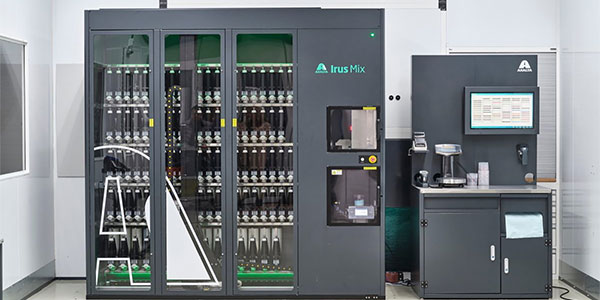
Digital solutions offer hope by automating paint processes for greater productivity and significant time savings. These digital tools can ensure consistent production amid labor scarcity, making body shops more efficient and future ready.
While modern technology actively enhances efficiency in body shops, it also entices a new generation of talent. In fact, by integrating advanced tools and software, body shops have positioned themselves to appeal to a new, tech-savvy generation of workers. This generation isn’t just adept at using these tools — it’s at the forefront of driving further innovations, enriching repair processes and adding value to body shops and their customers.
Sustainable Practices
With a growing emphasis on environmental responsibility, body shops have worked to adopt more sustainable practices. Automated paint mixing systems have replaced manual mixing processes with a splash-free, self-contained system that eliminates spills and achieves 100% mixing accuracy. This type of innovation reduces the margin for human error but also ensures cleaner, safer and more efficient operations. Body shops have reported that automated paint-mixing systems have transformed their mixing rooms into cleaner, safer and more efficient operations. Customers have reported 10% less paint waste in the mixing process. Such forward-thinking initiatives reduce rework, eliminate spray-out cards and reduce waste, driving the sector towards a more sustainable future.
Building Success
The strategic integration of digital tools and technologies in body shops is becoming the new refinish industry benchmark, with thousands of body shops already adopting the technology. Using digital tools and technologies enhances productivity and ensures a positive customer experience and more sustainable practices. It also helps attract and retain skilled technician talent.












